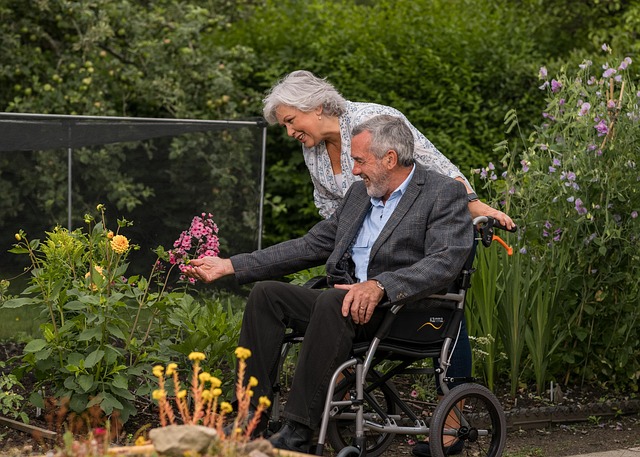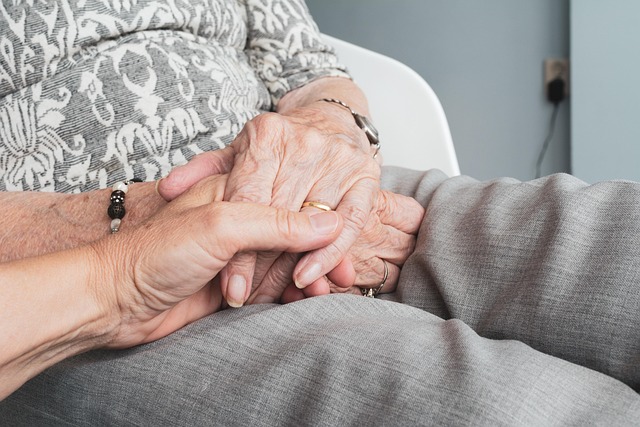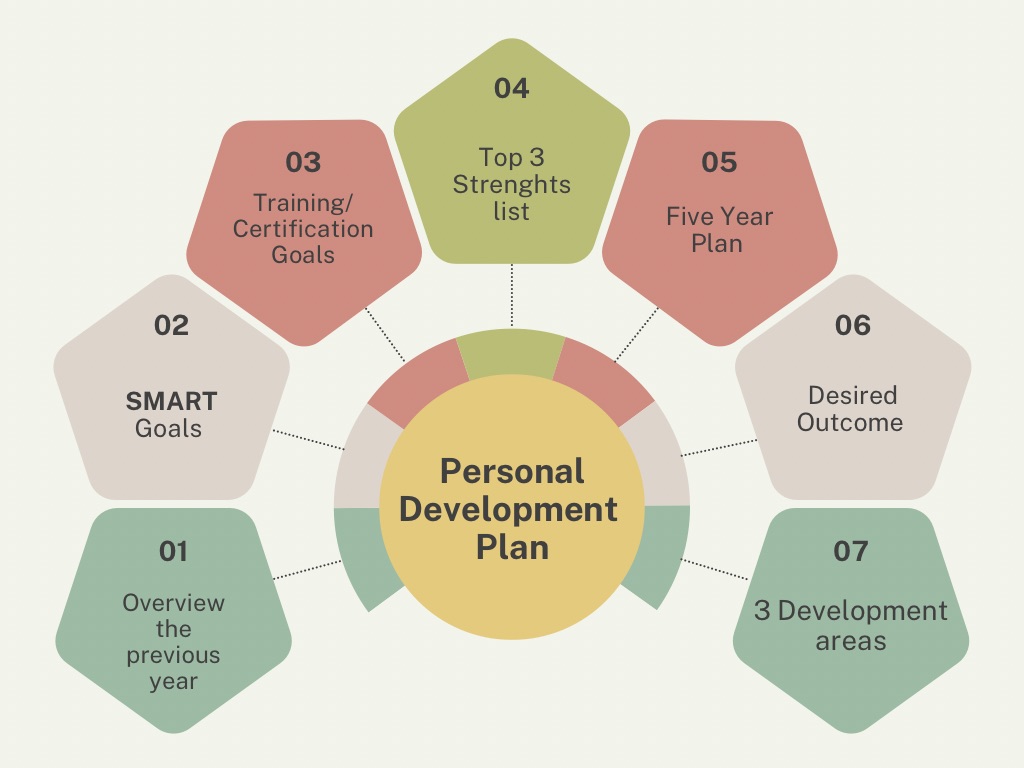
Person-centred care starts with a simple yet revolutionary concept: seeing the individual as a whole person, not just their care needs, their condition, or a task to be ticked off in the care plan. That means we, as carers, look past the medical or care needs and try to see the person in front of us. Each one of us has a whole life before we might need support, and we are still living it just as the individual we are looking after. Therefore, we as carers must take the time to discover their stories, what they value, and how they like things to be done, and then we can honour them as the unique individuals they are.
Let’s take a closer look at how we can make the individuals the centre of their care.
Continue reading “Person-Centred Care: Tailoring Support to Your Client’s Unique Needs”







